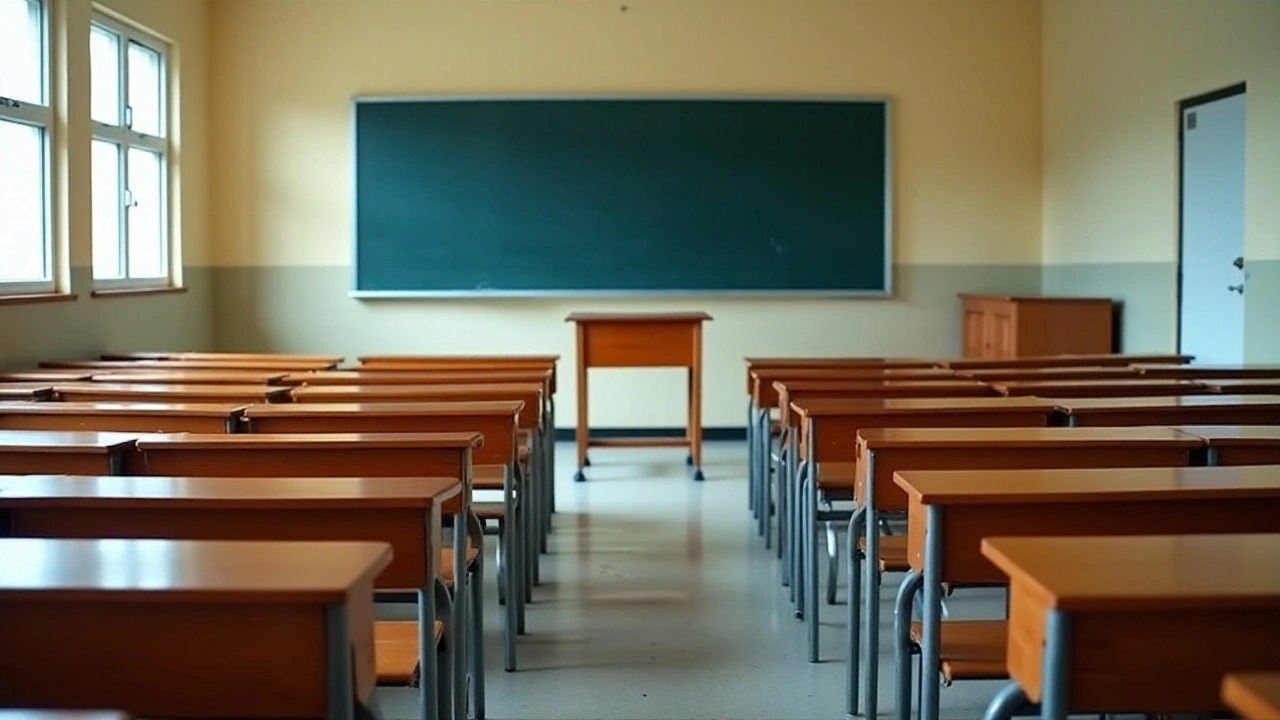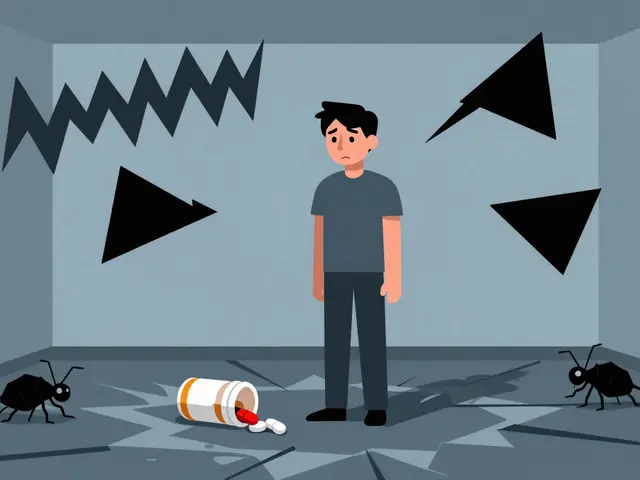School Lockouts: What Parents, Students, and Staff Need to Know
A school lockout keeps students and staff inside while a threat is outside. It’s not the same as a lockdown where people hide; during a lockout classrooms usually keep running but all exterior doors close and nobody new comes in. Knowing the difference helps you react calmly and correctly when a school announces a lockout.
What to do during a school lockout
If you hear about a lockout, first check official sources: the school’s automated alert, the district website, and local law enforcement updates. Don’t rely on social media rumors. If you’re a parent, don’t rush to the school. Arriving can clog emergency access and distract staff. Wait for instructions from the school or police before trying to pick up your child.
Students should stay with their teacher and follow instructions. Teachers will likely lock classroom doors, keep blinds up or down per policy, and continue normal activities to avoid panic. If you’re staff, account for everyone you’re responsible for, keep external doors secured, and maintain communication with administrators. Avoid making calls that could tie up emergency lines unless you are reporting crucial new information.
If you are inside the building and see something suspicious, report it quietly to a teacher or administrator. If the danger is clearly outside and you have a safe exit route that staff approve, follow their directions. Many lockouts end quickly; schools often resume normal pick-up once authorities clear the outside area.
Preparing ahead and practical tips
Talk with your children about the difference between lockout and lockdown in simple terms. Practice a calm routine: listen to the teacher, stay seated, and wait for official updates. Make sure the school has up-to-date emergency contacts and that your contact info is current in the district system. If your child has special needs, coordinate an individualized plan with school staff so they know how to help during a lockout.
Pack an emergency-ready backpack for students with a small water bottle, a compact snack, any needed medication, and a note with contact info. Label everything. Schools usually manage short events easily, but having essentials on hand reduces stress if the lockout lasts longer than expected.
After the event, expect a message from the school explaining what happened. If you still have concerns, ask to speak with the principal or the school safety coordinator. Schools review responses after every incident and often change procedures to close gaps. Share feedback respectfully—staff want safe schools too and will consider practical ideas from families.
Lockouts are stressful, but planning and clear communication make them much easier to handle. Keep contact details updated, listen to trusted alerts, and follow staff directions when a lockout happens. That simple approach keeps kids safer and chaos to a minimum.
On Wednesday, the Land Donors Association locked up 14 schools in Central Kashmir's Ganderbal. They are demanding jobs or compensation for the land they donated, disrupting education for thousands of students. This reflects years of unaddressed grievances and mounting frustration among the donors.
Continue reading...






